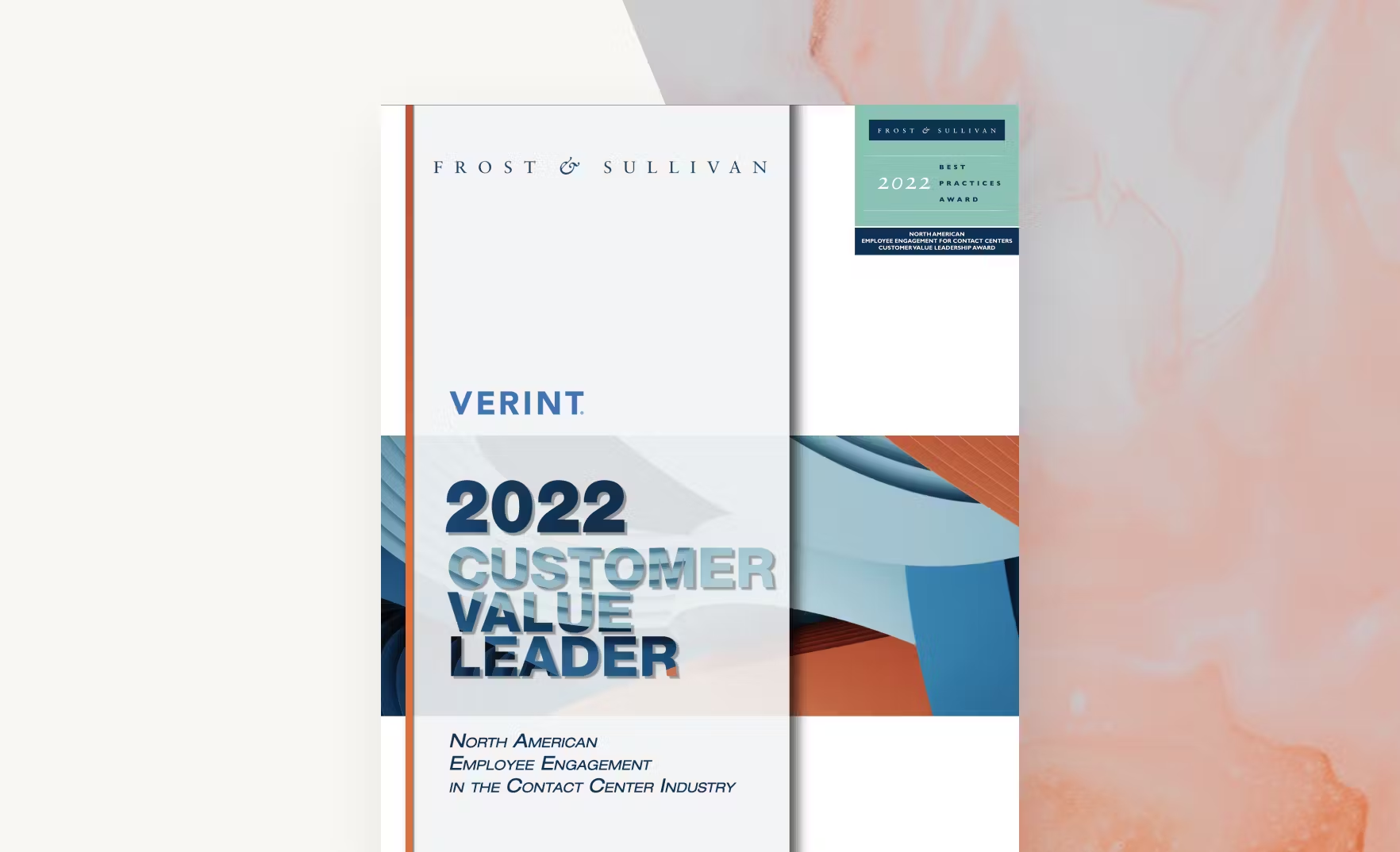You have the panel management basics in place (a central email list for surveys; an ability to unsubscribe from the panel; and a record of panelist’ survey activity). You understand five panel management mistakes to avoid. You are ready to start experiencing the benefits of panel management!
With a basic panel in place, you can begin gathering research more systematically and more regularly. By doing this you hope to see greater response rates as panelists are randomly selected to occasional surveys rather than being invited to every survey. Having gone over mistakes to avoid, here are four best practices you should definitely employ if you are managing a panel at your organization.
1. Integrate data from your CRM system with customer responses
For panel management, integrating data from your CRM system into the panel has a positive correlation to customer loyalty. By integrating data, surveys appear smarter and more engaging to respondents who are not asked to provide information that they have provided in the past. Surveys with integrated CRM data can branch to relevant sections of the questionnaire based on that hidden data, making the survey more targeted. Just make sure to investigate the CRM data quality and verify the information you have in the system is not outdated.
And while “integration” might be synonymous with “wicked complex and expensive” in some minds, it’s certainly not with Vovici. In fact, one of the simplest means of taking advantage of CRM data in our panel management solution is by importing data from a text file (like comma or tab-delimited files you can get straight from Excel) into your profiles.
2. Coordinate feedback projects across the entire organization
Panel management enables organizations to coordinate feedback projects across the entire organization, reducing survey fatigue by minimizing surveying of the panel. By centralizing “touch management” for your survey research, you can make certain not to over survey panelists. Over surveying is a leading cause of declining response rates. These segmentation capabilities enable you to engage with exactly the right audience, at the right time. Using response weighting, you can be assured that the data you collect is projectable when building your analysis through our reporting engine.
3. Add all your customers to your panel
While trial lawyers might disagree with this practice, we say, “Empanel everyone!” Best case is every single one of your customers is on your house panel. This provides a sufficiently large panel to segment customers, to sustain a series of surveys to random subsets of the panel, and so you can conduct true probability sampling. With too small of a panel, you’re unlikely to have a sufficient sample to do research.
Panels are a rich source of quantitative information, provided they are truly representative of your customers. Adding every customer to your panel is one way to make sure they are. Give them an option to opt-out, of course, but with the existing relationship already in place, you’ll find that most customers are not simply willing, but excited to provide feedback on a regular basis.
4. Use the panel to develop a 360-degree, longitudinal view of customer experience
Because panelists agree in advance to participate in surveys and feedback efforts, they become almost a guaranteed source of information for your organization. Customers typically participate in the panel because they value their relationship with you, and they appreciate the additional information, influence and early access that comes from participating in the panel.
Use your panel to develop a 360-degree view of the customer’s experience with you and attitudes toward your organization. Organizations that have successful panel initiatives use the panel to conduct trend analyses – tracking customer attitudes over time. Tracking over time how customers perceive the experience your organization provides has a high correlation to customer loyalty. This is a critical component of any comprehensive and effective customer journey map, and essential to grow loyalty, satisfaction, and wallet share.
Once usage of surveys has spread across an organization, panel management is a logical next step for an organization. With the basics in place, these best practices to employ, and a heads up on mistakes to avoid – you have all the puzzle pieces you need to start a panel at your organization or improve the panel initiative you have in place.




